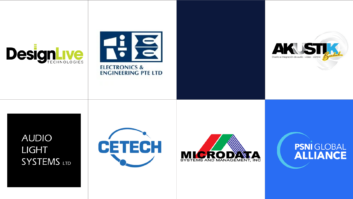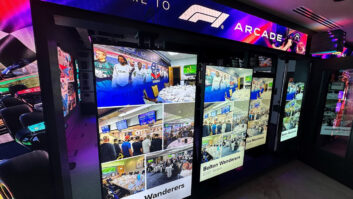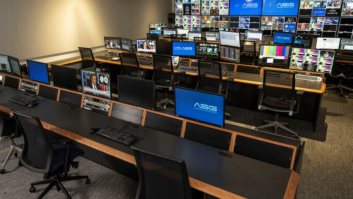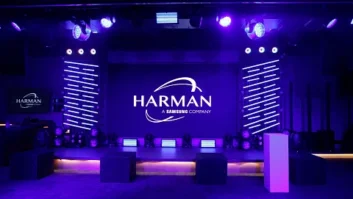With Integrated Systems Europe set to open its doors again next week, our industry is witnessing a shift in focus by display makers to further embrace the integration community. The question is: why has it taken so long for manufacturers to approach the market in a way that is mutually beneficial to all?
Probably the overriding reason is infrastructure. Advances in networking technology and installation techniques, as well as in content production, delivery and management solutions, have helped to change display manufacturers’approach to bringing certain products in their portfolios to market. Among the range of new opportunities that have appeared on the horizon, digital signage has become a major driver for the flat-screen display industry.
Digital signage is a market segment that demands the expertise of systems integrators. A high-definition flat screen is just a very expensive doorstop without the right mounting equipment – and nothing more than an empty picture frame without the right content delivery system.
This has encouraged the FPD makers to look further than the traditional reseller/distributor channels, and to seek to forge more fruitful partnerships with integrators. In turn, this has led to the development of new, high-quality display products with application-specific features, some to aid the performance of the screen, others to assist those installing and managing a number of displays as part of a public information network.
Digital signage offers display manufacturers an opportunity to differentiate their products from the rest of the pack. It also gives them a chance to step out of the battle for price points and market share that dogs both the high street and the internet, and to combine reasonable margins with high-volume contracts instead.
At InfoComm 2005, Mitsubishi became one of the first companies to identify the potential of a separate, integrator-friendly division, tasked to provide solutions rather than just shifting boxes, when it launched its Display Engineering arm. The company has been reaping the rewards ever since.
By 2006, the likes of Sony and Panasonic were also developing business models that favoured the integration community. Meanwhile, one of the biggest specialist display makers, Planar, acquired Clarity Visual Systems – giving it immediate access to the latter’s large-format display technology and well-nurtured European integrator channel. This year, as ISE continues to grow in tandem with the integration industry, ViewSonic is to become the latest of the major players to launch a new division.
This rush to woo the integrator community may appear unseemly, and it does beg the question of what might happen if too many players enter the fray, leading to a glut of competition. However, if those that are here continue to maintain their new business partnerships, there is no reason why the momentum of convergence between display and other areas of technology such as IT, audio, safety and security shouldn’t lead to the development of a more universal – and long-lasting – business model. Then we can all have our cake and eat it.







